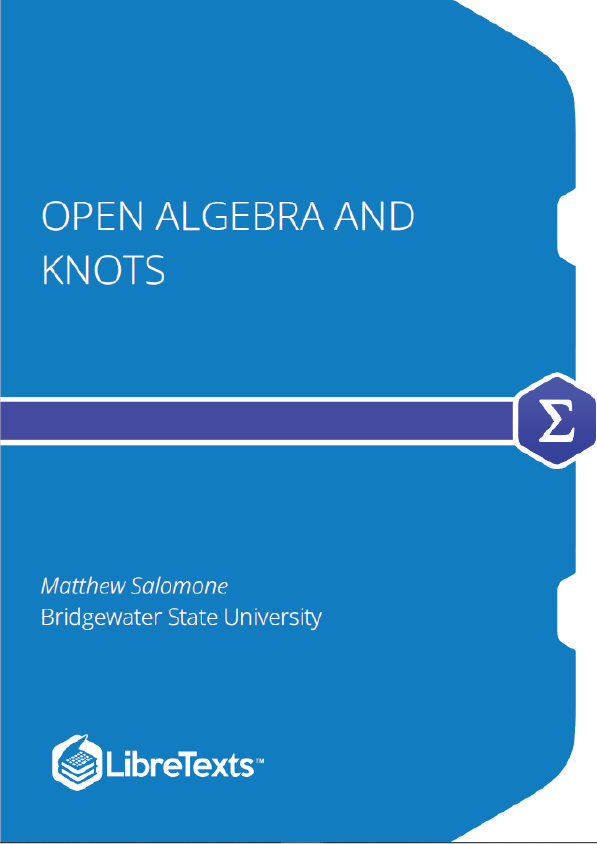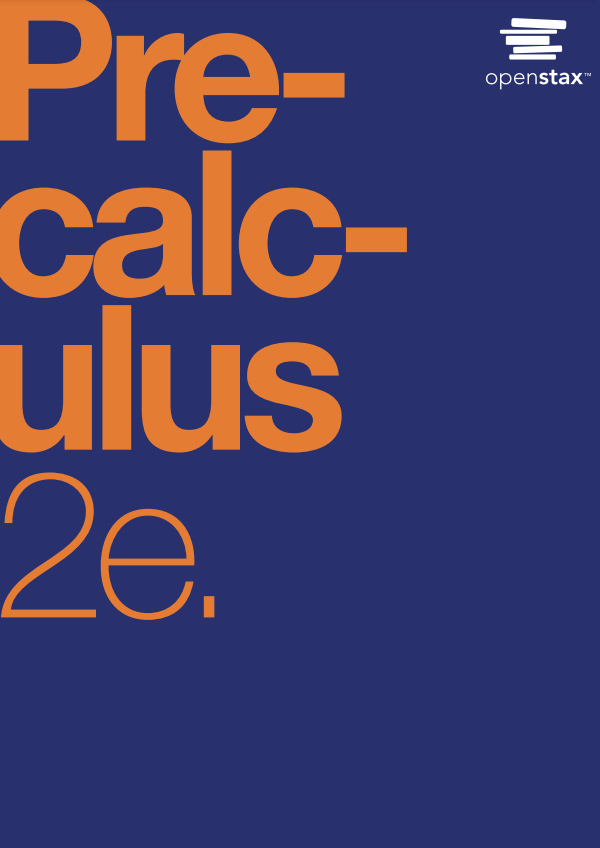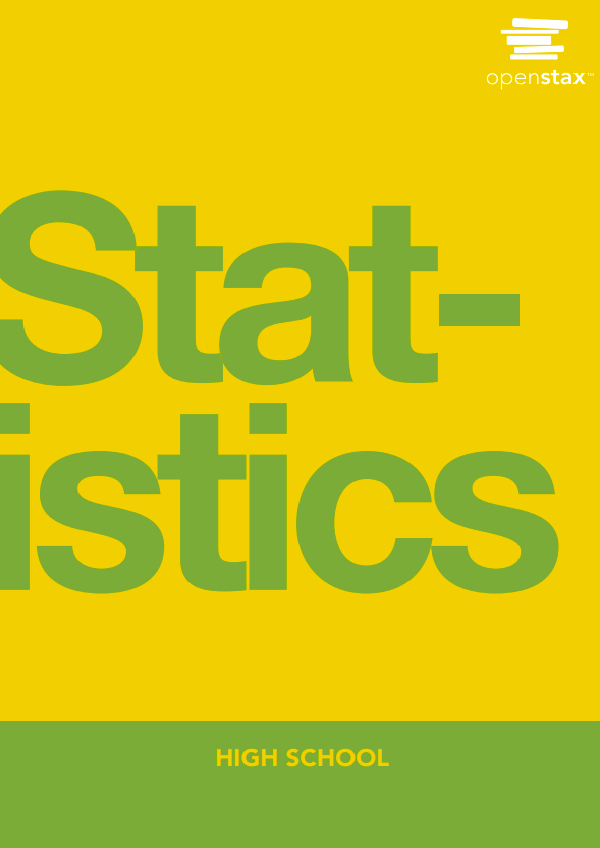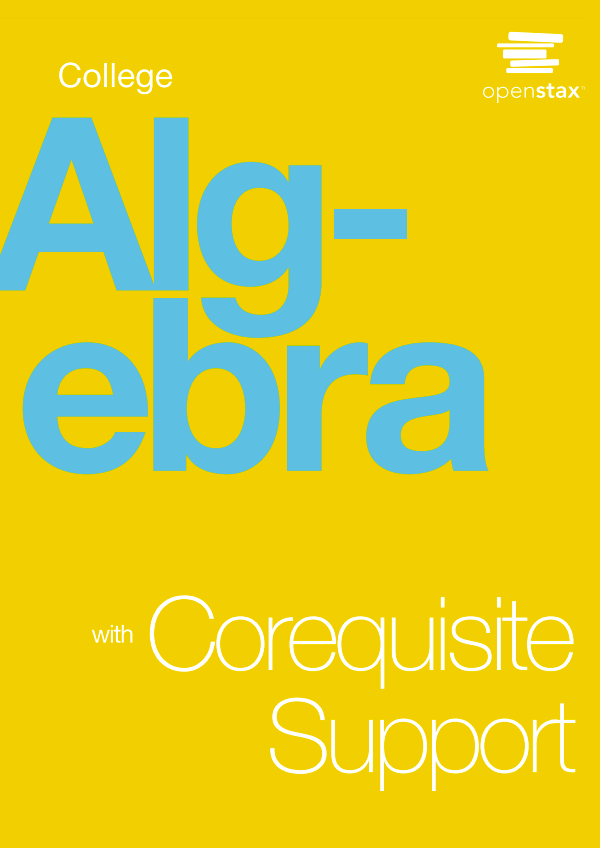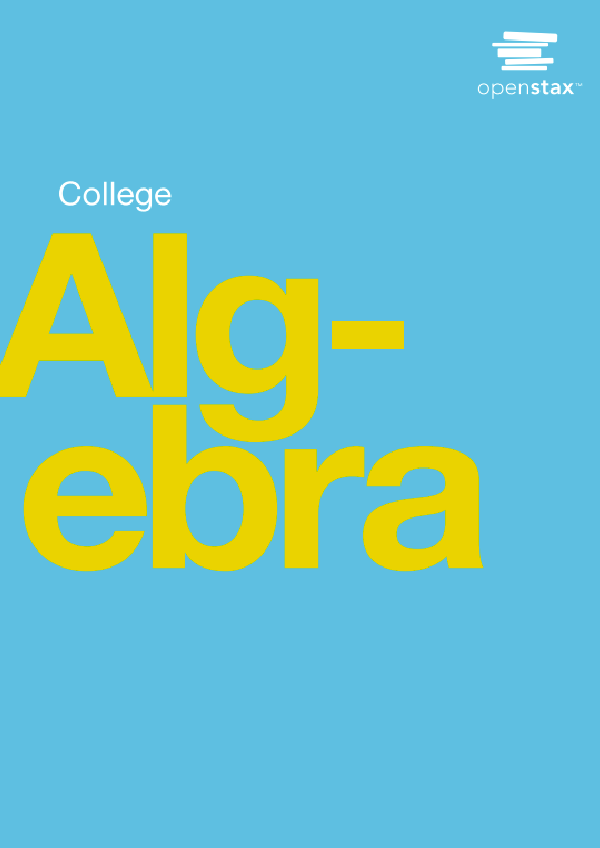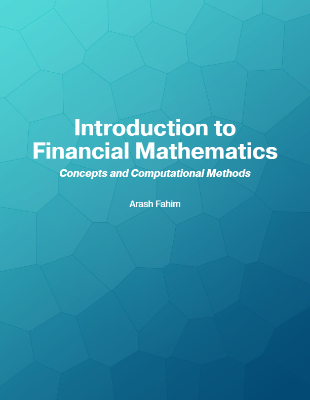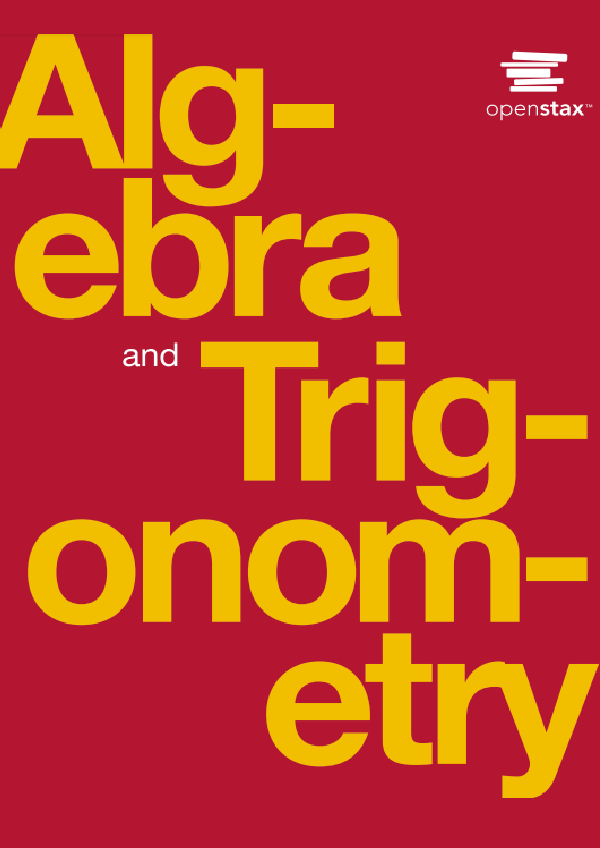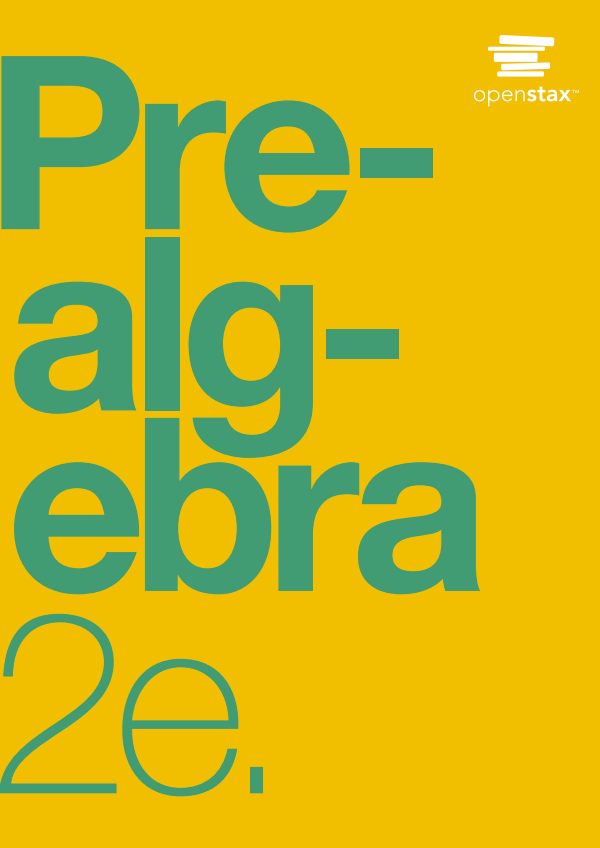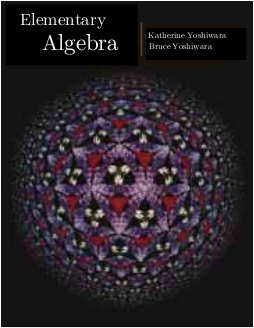Everyone knows how to tie knots. But not everyone knows how to tie knots to mathematics. The theory of knots has been well studied since the early 20th century, and has many connections to geometry and topology, and applications to physics, biology, and beyond. We’ll investigate perhaps its most fundamental connection: to algebra. In what ways are knots algebraic objects? How can we use algebraic structures and reasoning to classify knots? And how can this help us (and our own students) to think algebraically beyond the classroom?
As we discovered in our first class, crossings are one of the first ways for us to understand the connections between knots and algebra: somehow, if we can say “enough” about how a strand crosses itself, we can characterize the essential nature of a knot. So we’ll begin by focusing as much as possible only on crossings, by studying objects known as tangles, in which crossings are created between two strands by twisting up their endpoints.
One of the aspects of knot theory that makes knots challenging is that knots must be understood in their wholeness: not on the basis of looking just at some of their crossings but looking at how all those crossings fit together to paint a global picture of the knot. Ultimately, the knot invariants we study later in the semester will help us to take this perspective. For now, though, we’ll take the global questions out of the picture by slicing apart our knots and pinning down the cut ends, much like an entomologist might study a mounted butterfly. The objects we obtain for study in this process are called tangles, and the class of them that are easiest to study are the so-called rational tangles.
So far, our strategy for understanding the structure of rational tangles has been to see them as constructed through a series of geometric operations, twists and rotations, applied to an empty tangle. But that doesn’t give us a very friendly way of determining the tangle number for a rational tangle, nor (especially!) for going the opposite direction. Our next goal is to find a more systematic way of determining the tangle number of a rational tangle, which is also capable of — just as systematically, we hope — determining the rational tangle associated with a given rational number. This system is built on a new, less geometric, more arithmetic vision of how rational tangles may be defined.
